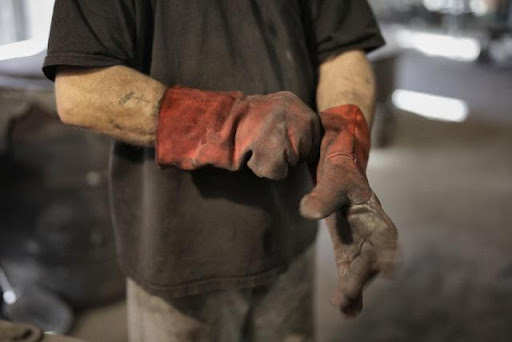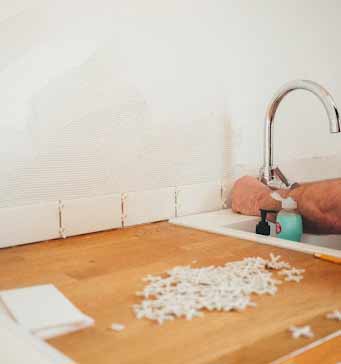
Of the four main systems in a building – electrical, heating, air, and plumbing – the plumbing is probably the hardest to manage. Real Canadian Management experts says that is because of the number of moving parts in the system and because the plumbing is highly-vulnerable to corrosion.
A building’s plumbing system is composed of two major parts. The first part is the section of pipes that carry water from the city water supply to the faucets, toilet, shower and appliances in the home. This part of the plumbing only handles clean water.
The second part of the plumbing is the drainage system. It is the collection of fixture drains attached to the plumbing fixtures in the home, with the drainpipes underneath them. This system of pipes serves a singular purpose in the home.
Fixture drains catch wastewater from the plumbing fixtures in the home and carry it to the main sewer line. This used water may contain sewage, food particles, grease, paper and any debris that finds its way into the drainage system.
The main sewer line is the connection between the home’s plumbing and the city sewer line. It is the last leg of the plumbing and failures in the main sewer line can cause problems in the entire drainage system. But this is the one part of the plumbing that homeowners often ignore.

Common sewer line problems in the home
- Clogs and blockages: This is the most common problem with a home’s sewer line
- Corrosion of sewer pipes: A common issue with old pipes, especially metal pipes
- Sewer line backup: Often, the culmination of unresolved clogs in the sewer line
- Sewage odor in the home: A sign of major issues in the main sewer line
- Tree root intrusion: When the roots of nearby trees interfere with the main sewer line
- Pipe shifting: Sewer line issues that are the result of soil movements
Except for pipe shifting, all these problems can be avoided through regular plumbing maintenance. There are two ways that homeowners can maintain the plumbing in their homes; corrective maintenance or preventive maintenance.
Corrective maintenance is maintenance that is done to CORRECT problems that have already happened in the plumbing. Corrective maintenance is REACTIVE; it does not take action until a problem has occurred. It is always a step behind the issues in the plumbing.
Preventive maintenance is the opposite of corrective maintenance. This maintenance approach seeks to PREVENT problems in the plumbing. It is PROACTIVE; acts before problems have happened. It is steps ahead of the issues in the plumbing.
Why you need a regular maintenance plan for your sewer line
Because preventive plumbing maintenance is predictive, it can identify critical issues in the sewer line that can lead to failures in the system. It does this through regular inspections to detect problems at their early stages and take immediate action to solve them.
With this kind of maintenance:
- Pipes can be regularly inspected to determine their rate of wear and tear
- It is possible to avoid sewer emergencies, costly repairs and system downtime
- Aging or damaged parts can be replaced before they begin to cause problems
- The sewer line will not need to be replaced until it reaches the end of its lifespan
Regular plumbing maintenance makes your entire plumbing system easier to manage. Problems are not treated in isolation but holistically. That ensures that the solutions used to solve problems in one part of the plumbing do not cause issues in another part of the system.
Benefits of having a regular maintenance plan for your sewers

Cut maintenance costs
Professional plumbers charge more when the plumbing issue they are called to handle is an emergency. That is because the plumber has to rearrange their schedule, and solving emergencies often requires more work. Plumbing emergencies also cost more because of the damage to your property.
A safer home
Because most mold growth often happens as a result of undetected sewer leaks, regular plumbing maintenance can help reduce the danger of mold and mildew in your home. The risk of sanitary problems like the odor of sewer gases in the home or a sewer backup is also eliminated.
Increase the lifespan of your sewer
The overall effect of regular maintenance is your sewer line will last longer. Inadequate maintenance is why most sewer lines don’t reach their projected lifespan. Regular maintenance will let you detect, solve and avoid problems that can shorten the life of your sewer line.
Protect the value of your home
The impact of sewer line problems can be far-reaching. A damaged sewer line can damage your landscaping and undermine the foundation of your building. By protecting your sewer line through regular maintenance you also preserve the value of your home.
Conclusion
When looking for a plumber near you to do regular maintenance of your sewer line, you don’t want to hire just any company. Since every home’s plumbing system is unique, you want a plumber who will take the time to understand your challenges and design a plan that suits your home and sewer line.
